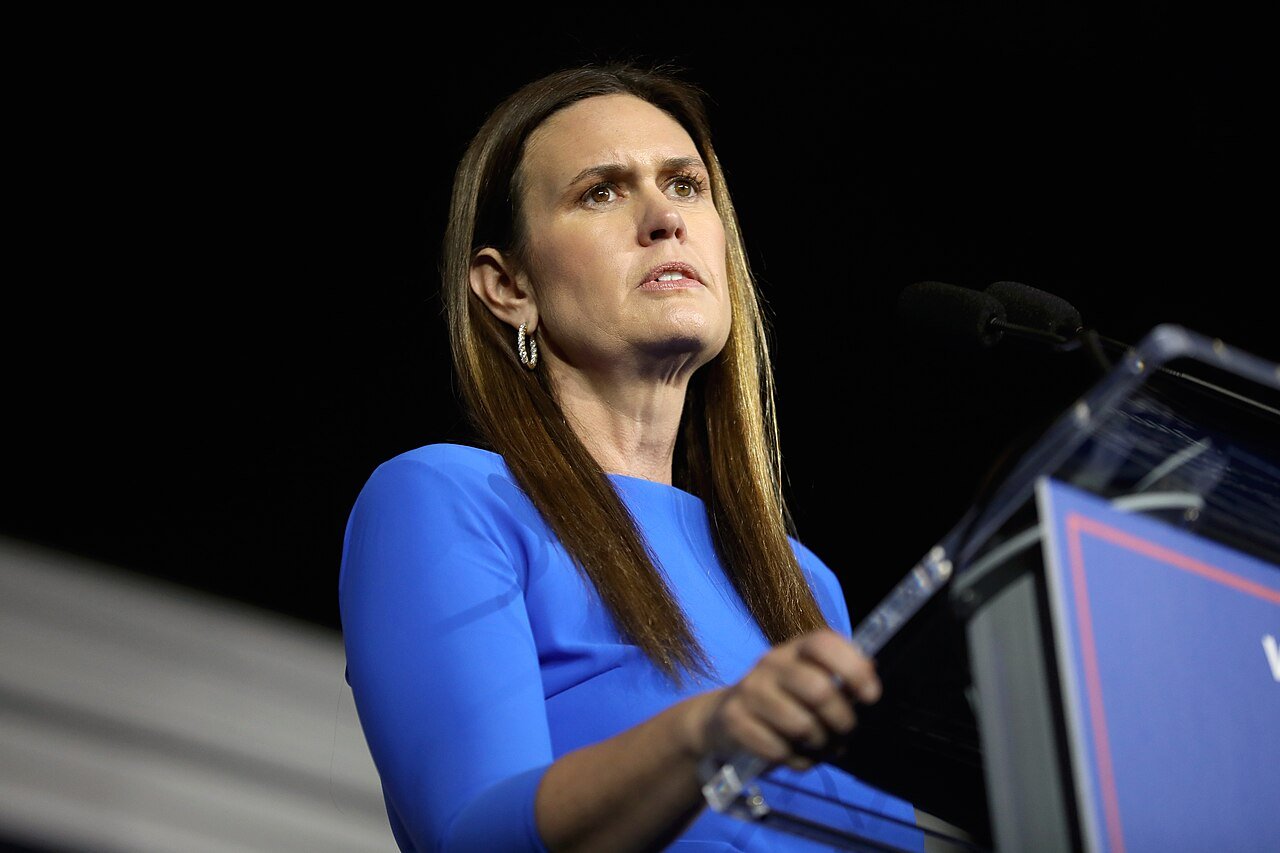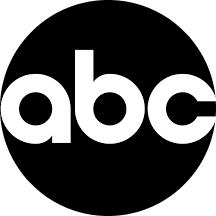
If you buy your own health insurance in Arkansas, expect to start paying more in a few months — a lot more — thanks to Republicans in Congress and President Donald Trump.
This commentary first appeared on the Arkansas Times’ Arkansas Blog and is republished here by permission.
Rates for individual plans are set to rise by an average of 36% next year, according to proposed 2026 rate filings by BlueCross and Centene, the two companies that sell policies on the Arkansas Health Insurance Marketplace.
Most Americans who buy a marketplace plan get financial help from the federal government through tax subsidies created by the Affordable Care Act, or ACA, the 2010 health reform legislation often called “Obamacare.” But those ACA subsidies are set to shrink next year, and congressional Republicans refuse to extend them.
Some 166,000 Arkansans get their insurance on the marketplace as of now. Most of them will face a major rate hike — or simply be priced out of coverage — if the changes take effect.
Last week, Gov. Sarah Sanders said the companies’ proposed rate hikes are “unacceptable” and called on the commissioner of the Arkansas Insurance Department to reject them.
It’s tough talk, but talk is cheap. Health care is not. As governor, Sanders aims to cut health spending at the state level and supports Republican cuts at the federal level. If she truly cared about preventing rate increases for Arkansans, she’d call on Congress to keep the current ACA subsidies in place, or she’d find money elsewhere. Instead, she’s trying to distract us with fake populism by attacking a corporate villain everyone loves to hate — insurance companies.
The state Insurance Department isn’t answering questions about any of it, including basic questions about the agency’s timeline to make a decision about rates. But here’s what we know.
Rates in real life
Rate increases are a fact of life in the perennially broken American health system. As the cost of doctors and hospitals and prescription drugs rises, so does the cost of insurance. Insurers file their rate adjustments for the upcoming year with the Insurance Department annually, which hires independent actuaries to determine whether the proposed changes are reasonable.
The rate hikes for individual plans in the past five years have been between 2% and 6%, as outlined here by the Arkansas Center for Health Improvement. That adds up, but it’s in the same ballpark as recent annual hikes for employer-sponsored insurance. A single-year increase of 36% is a different story.
And that’s an
averageincrease. Costs vary from carrier to carrier, and the premiums on some Centene plans are projected to increase by more than 50%. Remember also that costs vary from person to person, depending on factors like age and family size.
So what’s happening here? It’s helpful to first back up for a quick refresher on how the Affordable Care Act works.
The ACA made insurance available to more Americans in two main ways. First, it expanded Medicaid, the country’s patchy safety net insurance program, to cover low-income households. “Medicaid expansion” is available to those making under 138% of the federal poverty line, a measure of income that depends on family size. In 2025, 138% of the poverty line was about $21,600 annually for a single person; for a three-person household it was about $36,800.
In Arkansas, the Medicaid expansion program is called ARHOME, and it gives essentially free coverage to some 230,000 people who are below the 138% threshold. The federal government pays for most of the cost of that coverage (90%) and the state pays the rest. (Medicaid expansion still hasn’t happened in some red states, like Texas.)
ARHOME could be affected by the proposed insurance rate increases too, thanks to some complicated quirks of how the expansion program is set up in Arkansas. But for now, the focus is on the second piece of the ACA — federal subsidies for individual plans sold by private companies on the health insurance marketplace.
For most people with incomes above 138% of the poverty line who can’t get insurance through a job or a spouse, buying an individual plan is the only option. To make the premiums on those plans more affordable, the ACA created a sliding scale of “premium tax credits” that depend on income. If you’re a single person in Arkansas making $25,000 annually, you make slightly too much to qualify for Medicaid expansion, but you can get a tax credit — a subsidy — that covers most of the cost of buying a private plan on the marketplace.
From the beginning, though, there was a problem with the ACA marketplace: The subsidies were too stingy. Some people signed up, but many others still found individual plans to be prohibitively expensive even with the subsidy. So while Medicaid expansion was very successful in getting more Americans covered, the marketplace was less so — until the COVID pandemic created an opportunity.
President Joe Biden’s American Rescue Plan made the ACA subsidies larger for everyone and also removed a cap on the upper end of the income sliding scale. Under the original ACA, people making four times the federal poverty level (400%) simply didn’t get any help at all and had to pay the full cost of insurance out of pocket. The Biden policy — which was later extended under the Inflation Reduction Act — gave modest subsidies to those above 400% as well.
The result was dramatic. In 2020, there were just 64,000 Arkansans insured through an individual marketplace plan. This year, with “enhanced” ACA subsidies now making insurance affordable, there are 166,000, according to the health policy nonprofit KFF.
The enhanced ACA subsidies are set to expire at the end of 2025, though, and Republicans have shown no interest in extending them. Insurance companies expect tons of people, especially those young and healthy enough to feel like they can risk it, to drop their coverage in 2026 as a result. And crucially, the people left behind in the risk pool will be sicker and more expensive to insure on the whole, thus driving up per-person costs.
To see this dynamic at play, it’s helpful to look at a specific example. The inimitable DIY health policy analyst Charles Gaba has run the numbers on Arkansas’ proposed rate hikes with and without the enhanced ACA subsidies. Right now, a 30-year-old single mom in Arkansas who makes a $40,000 salary can buy a solid, mid-tier insurance plan for herself for about $61 a month — a pretty good deal. (Her child will almost certainly be covered by ARKids, the Medicaid-funded program for children.) Without the enhanced subsidy, though, she will pay a $214 monthly premium.
That’s an increase of $153, or 250%. Will the average 30-year-old single mom with a $40K income pay $1,832 more annually to keep her health insurance? Or will she opt to pay for groceries, bills, child care, a vehicle and a roof over her family’s heads? There’s no question — unless she’s already sick. The only scenario where she’d prioritize buying health coverage is if she absolutely has to have it, due to a chronic illness, high-cost prescriptions or other health needs. And if she uses her insurance frequently, that will cost the insurance company more money — even as it has less money coming in the door due to other people dropping coverage.
Multiply this dynamic by tens of thousands of individuals, and the proposed Arkansas rate hikes make more sense.
Gaba runs through various other examples in his charts, including a four-person family with mom and dad both age 40. If they make $70,000 annually, they now pay about $138 monthly in premiums. When the enhanced ACA subsidies go away, that will more than triple, to $436 monthly.
Or imagine an older couple who are both 64 (just one year shy of Medicare eligibility) and make $90,000, placing them above that 400% poverty line mark. Right now, with the enhanced ACA subsidies in place, they pay a hefty $638 monthly in premium. That will become a back-breaking $2,915 monthly payment in 2026.
The enhanced ACA subsidies aren’t the only thing behind the rate hikes. General inflation plays a role, as do various other policy changes at the state level. But the insurers themselves say the main driver is that the subsidies are shrinking.
A filing from Centene with the Arkansas Insurance Department puts it this way: “Most notably, as [enhanced ACA subsidies] expire and enrollees face increased out-of-pocket premiums, we assume healthier individuals who tend to be more price sensitive will exit the market, worsening the average morbidity of the individual risk pool.”
(All the filings from the carriers can be found here on the Insurance Department’s website. Though there are six companies listed, note that they’re all some form of either Arkansas Blue Cross & Blue Shield or Centene. Centene is the parent company of Celtic Insurance Company (Ambetter), QCA Health Plan, Inc., and QualChoice Life and Health Insurance Company, Inc. Health Advantage, USAble HMO, Inc. (Octave) and USAble Mutual Insurance Co. are all affiliated with Blue Cross.)
A cynical ploy
The end of the enhanced ACA subsidies isn’t a direct result of Trump’s One Big Beautiful Bill, though it’s fair to conflate the two. The point of the bill was to prevent Trump’s first-term tax cuts from expiring. Republicans could have stopped the enhanced subsidies from expiring as well. But that would have meant less money for tax cuts.
Instead of preserving the subsidies, the Trump bill reduced federal health care spending by hundreds of billions of dollars in the years to come, mostly via Medicaid cuts that won’t kick in until after next year’s midterm elections. Republicans hope voters have short memories and aren’t planning ahead. But the surge in health insurance premiums is coming now, and not just in Arkansas. A KFF analysis found a median proposed premium increase of 18% nationwide.
Maybe that’s why Sanders is trying to get out ahead of this issue. Shouting and pointing fingers at the insurance companies might distract from the truth that her party set these price increases in motion by chopping health spending to pay for tax cuts.
Sanders wholeheartedly supported the Big, Beautiful Bill as written and cheered when it passed. She was even engaged in the legislative process, penning a Washington Post op-ed that urged Congress to strip out a policy on state-level AI regulation that she and other red-state governors objected to. She didn’t utter a word about the need to extend the enhanced ACA subsidies and still hasn’t, as far as we know.
But here she is, roleplaying as an economic populist about a rate hike created by her own party’s regressive policies. Note that there’s no trace of a solution in Sanders’ statement on the issue, and no mention of what might be causing it, other than BlueCross and Centene putting “corporate profits over Arkansas’s people.”
Strange words to hear from a governor who signed three rounds of corporate income tax cuts during her first 18 months in office, reducing state revenue collection from businesses by 28% last year, or $212 million. That’s money that could be used to help people afford health care. Instead, Sanders is looking for ways to cut health spending to make budgetary room for more tax cuts and school vouchers.
She’s looking to implement a Medicaid work requirement expected to kick thousands of poor and working Arkansans off their insurance in advance of the nationwide changes in the federal Trump bill. She’s made Arkansas one of two states in the country that yank Medicaid coverage away from new mothers just two months after birth (the 48 other states extend coverage to 12 months postpartum). And the bill that just passed Congress is going to cut Medicaid further over the next few years.
Americans are understandably furious at the insurance industry. Polls have shown a substantial minority of people are sympathetic to Luigi Mangione, the man who allegedly killed UnitedHealthcare CEO Brian Thompson on the street in Manhattan in December. But the rot of the health care system goes far beyond greedy insurance companies. It’s just as much about doctors incentivized to perform unnecessary tests, hospitals that bill at wildly inflated rates for routine procedures, nursing homes seeking new ways to squeeze profit from residents and overworked CNAs, drugmakers and medical supply companies that game the system, and on and on.
Now, Republican policies are driving health insurance prices upward even further. With her acutely tuned PR antennae, Sanders knows the public anger is there. With her bluster and misdirection, she’s working hard to make sure none of that anger is pointed her way.
Arkansas Advocate is part of States Newsroom, a nonprofit news network supported by grants and a coalition of donors as a 501c(3) public charity. Arkansas Advocate maintains editorial independence. Contact Editor Sonny Albarado for questions: info@arkansasadvocate.com.

 AlterNet
AlterNet
 America News
America News Raw Story
Raw Story ABC News
ABC News CNN
CNN Associated Press Top News
Associated Press Top News Newsweek Top
Newsweek Top